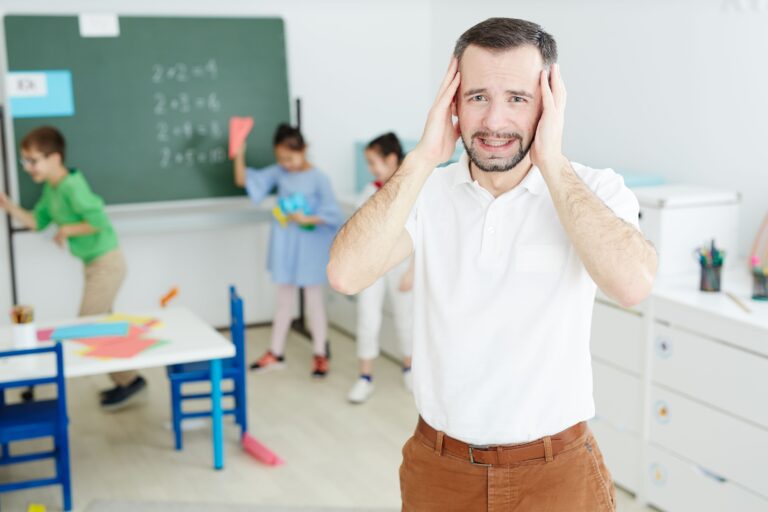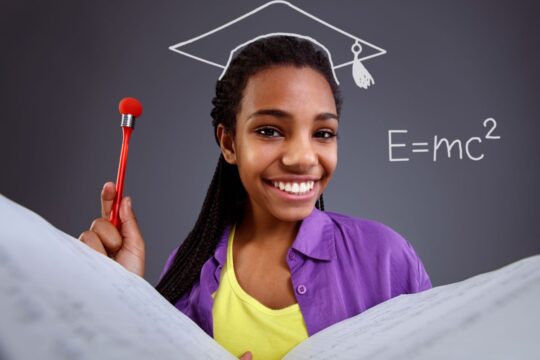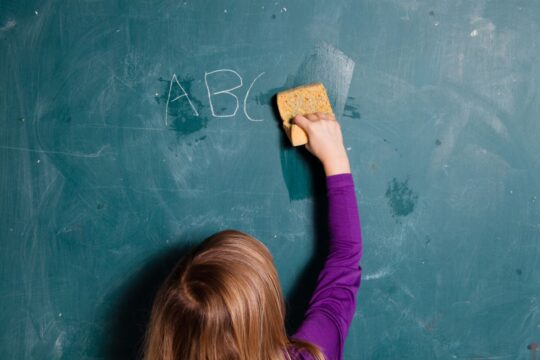Every classroom has its share of high-energy students. This child has a very high energy level, behaves impulsively, and distracts other students.
They may fidget, blurt out during classroom instruction, or even play with their materials.
When dealing with these kinds of students, it’s crucial to remember that often, they are unaware of their behavior.
The key to working with these students lies in understanding that their behavior is often unintentional.
Educators can foster a thriving classroom environment by clearly setting expectations, recognizing and rewarding positive behavior, and maintaining consistent consequences.
Understanding Overactive Behavior
Before we dive into some of the best strategies to use when handling energetic learners, you must first gain an understanding of overactive behavior. It’s important to note that overactive behavior isn’t always intentional.
High-energy students may struggle with self-regulation due to factors like anxiety, ADHD, or even a lack of adequate sleep or nutrition. Take time to observe and understand the root causes of the student’s behavior.
A helpful tip is to maintain open communication with the student and their family to identify patterns or triggers. Building this awareness allows you to better support the students’ needs and create a more empathetic and effective approach to managing their energy in the classroom.
Strategies for Handling Overactive Students
Here are some effective strategies to help guide energetic learners.
Pick Your Battles
Not every disruption is worth addressing. Low-level behaviors like minor fidgeting or tapping shouldn’t derail your teaching. If it doesn’t interfere with instruction, consider letting it go to maintain the flow of your lesson and focus on more significant issues.
Encourage Silent Outlets
If you see that a student is frequently tapping their pencil and distracting others, try offering them a quiet way to release their energy.
Give them a soft stress ball to squeeze, a fidget toy, or a piece of chewing gum that won’t distract or disrupt the rest of the class.
Create a Silent Signal System
Work with the student to develop a discreet signal—such as a hand gesture or tap on the desk—that reminds them to check their behavior.
Role-playing scenarios can help reinforce this system. When they respond successfully to the signal, be sure to acknowledge and praise their effort.
Pair Them With a Supportive Peer
A well-matched peer can make a big difference. Together with the student choose a supportive peer to help settle down the child when he/she sees them getting out of hand.
Meet with both classmates to discuss appropriate ways the supporter can help their classmate. A tap on the shoulder or a secret signal may just be all the overactive child needs to get back on track.
Change Their Seating
Sometimes all you need to do is change the child’s seating to keep them on track. Seat the student who loves to fidget next to a classmate who is not easily distracted.
Avoid seats near windows, doors, or other tempting distractions. Sitting next to peers who are good role models is always a plus too.
Introduce Structured Prompts
Overactive students often struggle with blurting out answers. Use prompts like, “Take 15 seconds to think before responding,” to guide their participation. Consistently reinforcing these expectations can help everyone stay on task.
Incorporate Brain Breaks
Studies show that when students get a brief “brain break” or “movement break” they will show improvement in their behavior. Every few hours students in class get up and get moving for a few minutes.
They can do a few yoga stretches, a quick dance, or take a few minutes to play follow the leader and get their energy out. This is a great way to increase the focus of your entire class, not just the overactive students.
Minimize Distractions
Often, overactive students get easily distracted. A good method to prevent students from becoming distracted is to maintain a clutter-free workspace.
Relocate classmates who are causing distractions to different parts of the room, and make sure any materials that aren’t being used are kept out of sight.
A clutter-free desk can also make it easier for them to focus.
Add Movement to Lessons
Students with high energy levels often struggle with long periods of sitting. Incorporate hands-on or movement-based activities into your lessons. Interactive learning games, group activities, or even creative projects that involve standing or walking can make a big difference.
Try Go Noodle or similar movement-based platforms to get students engaged and active. These tools offer quick, fun activities that allow students to release energy while staying focused on learning.
Integrating movement into your lessons benefits not only energetic students but also enhances the entire class’s learning experience by making it more engaging and interactive.
Monitor Distracting Behaviors
Teach students to reflect on their behavior. Set aside a few minutes each day for them to track what’s distracting them and discuss it together.
Collaboratively develop strategies to help them manage their impulses more effectively. Together you can design a system that will benefit them.
Many children who are overactive benefit from accommodation that reduce distractions and help them stay on task. Try a few or all the above suggestions to minimize disruptions in your classroom.
Educators never stop learning; check out our available graduate degree programs to hone your skills and promote lifelong learning and academic excellence.




